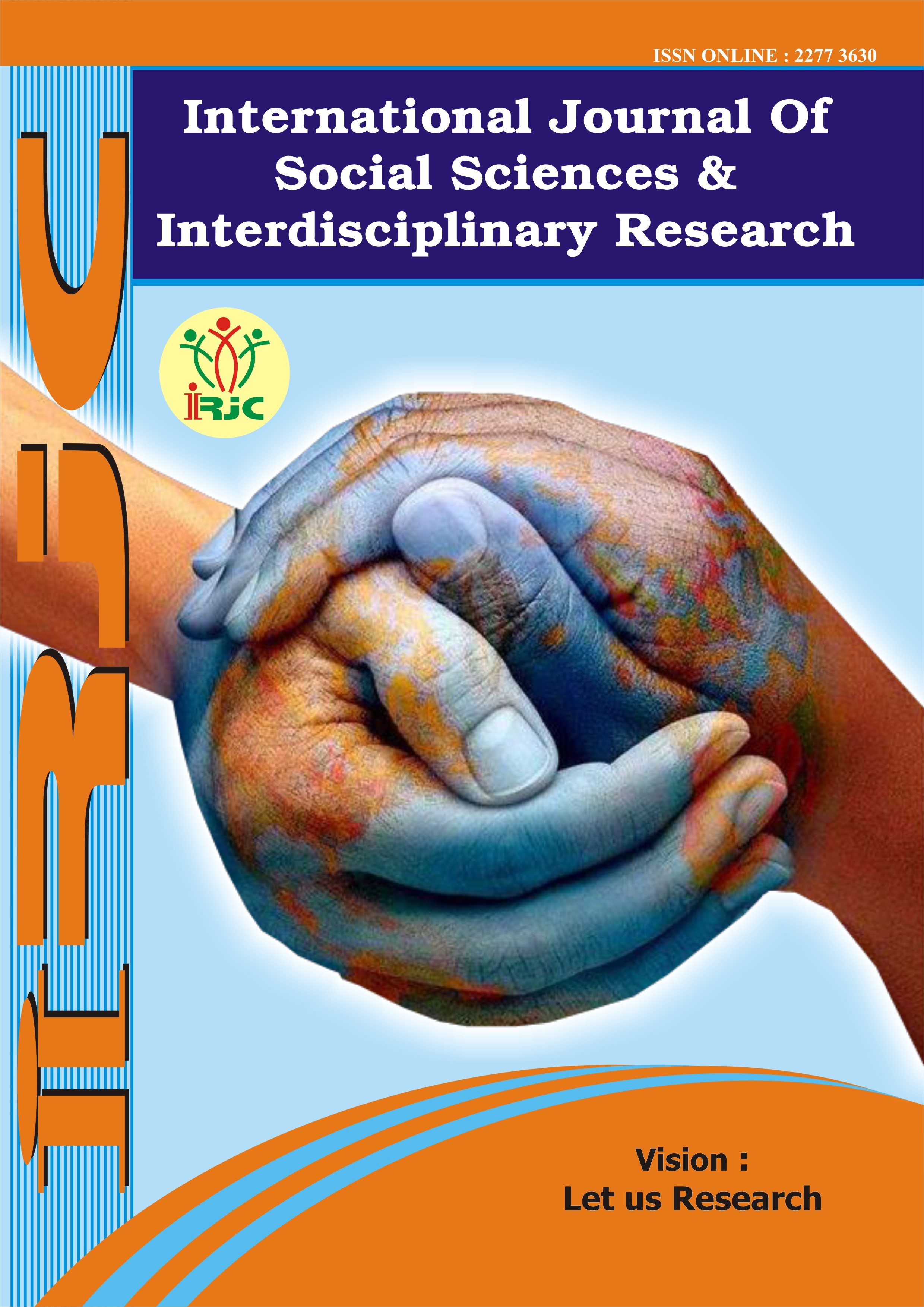ESP AND EFL: A COMPARISON AND CONTRAST
Keywords:
ESP, EFL, learning, purpose, language, culture.Abstract
In the wake of globalization, the use of English language has been extensively expanded to international level. It has been regarded as the link that bridges the gap between different communities, cultures and regions. In the beginning, the use of English language was confined to only business purposes, but with the passage of time, English has acquired the status of an international language. By means of this language, the whole world has shrunk, and it has become a unity. But, with the passage of time, English has been used for diverse purposes which lead us to the concept of English for Specific Purpose language. To attain this aim, even the Arab countries around the world have prescribed and used English language course in all fields of education. These countries are prescribing ESP courses as early at the University level.
References
Berg, B. L. (2009). Qualitative Research Methods for the Social Sciences (Seventh edition). Boston: Pearson Education, Inc.
Harsono, Y. M. (2007). Developing Learning Materials for Specific Purposes. TEFLIN Journal, 18(2), 178-188.
Krueger, R. A., & Casey, M. A. (2000). Focus groups: apractical guide for applied research. Thousand Oaks: Sage Publications.
Madya, S. (2003). Designing competency-based TEFL for S1 students to foster professionalism. Paper presented at the NUESP (Network of University ELT Service Providers) National Conference. Jember.
Swales, J. M. (1990). Genre analysis: English in academic andresearch settings. Cambridge: Cambridge University Press.
Swales, J. M. (2004). Research genre: Explorations andapplications. Cambridge: Cambridge University Press.
Downloads
Published
How to Cite
Issue
Section
License
Copyright (c) 2025 GEJournals

This work is licensed under a Creative Commons Attribution-NonCommercial-NoDerivatives 4.0 International License.





